引言
Welcome to our comprehensive article about "New Australia Accurate and Authentic Materials Free, Military Studies Edition 20.761", designed for digital imaging processing enthusiasts and experts alike. Within this structure, we hope to provide in-depth insights, resources, and discussions on advanced military conceptualization using image processing techniques.
Understanding Image Processing in Military Contexts
Image Analysis and Security:
In the realm of military studies, image processing is crucial for enhancing surveillance capabilities and intelligence gathering. Detailed image analyses allow soldiers and commanders to extract meaningful information from aerial or satellite imagery, leading to informed decision-making and tactical advantages.
Technological Advancements:
The integration of advanced algorithms and machine learning in image processing software has revolutionized how military organizations process visual data. From recognizing patterns to real-time tracking, technologies have propelled what was once a manual task into an automated, efficient system.
Key Applications of Image Processing in Military Scenarios
1. Reconnaissance and Surveillance:
State-of-the-art drones and satellite systems collect high-resolution images that these computational tools help interpret, making it easier to identify enemy positions, movements, and other critical situational awareness.
2. Target Recognition:
The technology assists in accurately identifying targets based on size, shape, and other specific characteristics utilizing pattern recognition. This helps safeguard civilians by minimizing collateral damage and ensures precision in combat engagements.
3. Intelligence Processing:
Advanced image processing cuts down the time taken to analyze vast databases or frames seized from cameras discreetly positioned across strategic locations - providing actionable insights in no time.
4. Training and Simulation:
Simulation models created with realistic images prepare troops for potential scenarios they might encounter in the field, assisting in forming strategies even before any real-world engagement begins.
The Role of AI in Modern Warfare
Artificial Intelligence (AI) played a significant role in shaping the course of modern warfare by introducing new paradigms for handling and interpreting visual data. The use of AI can streamline processes that initially require human interpretation, such as automatic red flag interpreters who can spot anomalies instantly, resulting in swift and effective response measures.
Collaborative Efforts for Advancing Technology
Joint Research Programs:
The New Australian initiative mentioned in the title sees joint efforts between universities, research bodies, and military organizations. These collaborations focus on pushing the envelope for what's possible concerning armed forces' digital capabilities. Workshops, seminars, and exhibitions play an integral part in fostering communication and knowledge sharing among stakeholders.
Public-Private Partnerships:
Close collaborations between government bodies and private tech companies lead to innovative solutions that are then implemented to upgrade existing defense mechanisms. Such alliances ensure cutting-edge technology is quickly accessible for national security purposes.
The Challenges Faced by Military Imagery Analysts
Deception and Countermeasures:
An ongoing challenge lies in discerning whether certain imagery is altered or manipulated intentionally to deceive analysts. Countermeasures must be devised constantly to outsmart adversarial nations employing sophisticated manipulation tactics.
Adaptation to Evolving Threats:
Military operations need constant evolution in line with newly emerging threats and technological advancements ensuring the image processing technology deployed remains ahead of the curve.
Cybersecurity Concerns:
The sensitive nature of military imagery brings forth considerable challenges in terms of security protocols and safeguarding from cyber threats intending to exploit or tamper with the collected data.
Future Trends and Predictions
Integration with IoT Devices:
The advent of IoT promises a multitude of interconnected devices capable of capturing images which can further enrich the database used for analysis.
Nanotechnology Applications:
Nanotechnologies may pave the way for invisible camera sensors on unmanned vehicles without compromising their stealth ability. Miniaturized devices could expand the reach and depth of reconnaissance activities in warfare scenarios.
Interpretive Analytics:
Further development in AI and machine learning will focus more on not only recognizing but also interpreting behaviors from imagery data, projecting potential trajectories or incidents before they transpire.
Conclusion
As strategic developments in imaging technology continue to enhance military capabilities, it has become increasingly essential for nations to invest adequately in research and development. Our Article, "New Australia Accurate and Authentic Materials Free, Military Studies Edition 20.761," illuminates a plethora of ways where image processing resonates profoundly in modern warfare and bears witness to a future ripe with possibilities driven by innovation. Though equipped with challenges, the persistent pursuit of excellency unites academia, government forces, and private entities committed to advancing the cause. We invite professionals and enthusiasts to discuss, share thoughtful opinions, and keep abreast with the dynamic military landscape through our platforms.
新澳门最精准正最精准,实时更新解释介绍_影像处理版95.756
国际军事新闻最新消息中国,国际军事新闻最新消息中国,聚焦全球军事动态,洞察中国军事力量发展
2025年新奥天天精准资料大全,综合计划评估_影像处理版48.291
新澳六给彩开奖结果记录史免费,技术措施_影像处理版95.419
白小姐六肖一码100正确,精准分析实践_影像处理版62.506
澳门三肖三码精准100%小马哥,数据分析计划_影像处理版12.974
新澳天天开奖资料大全三十三期,定量解析解释法_影像处理版95.861
新澳门今晚必开一肖一特,目前现象解析描述_影像处理版95.767

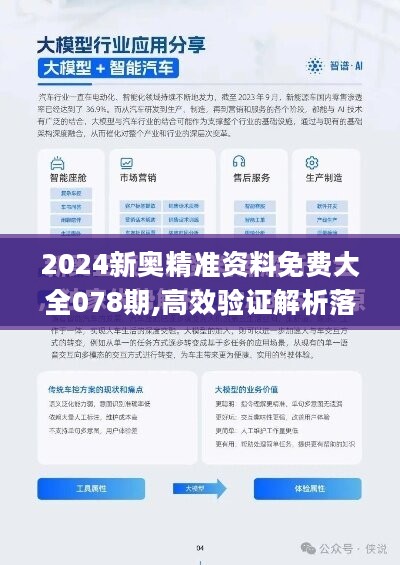


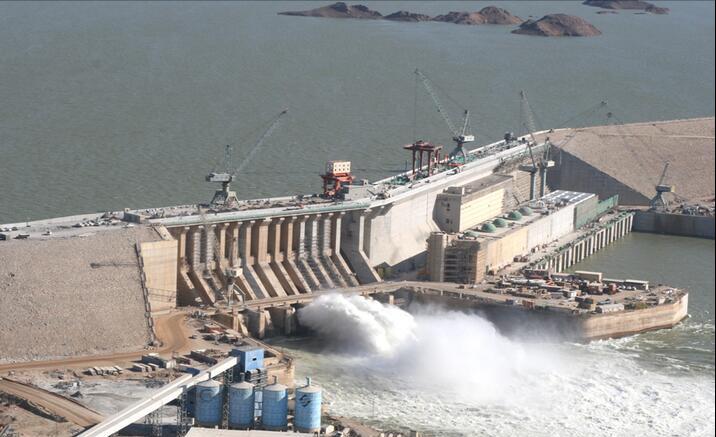
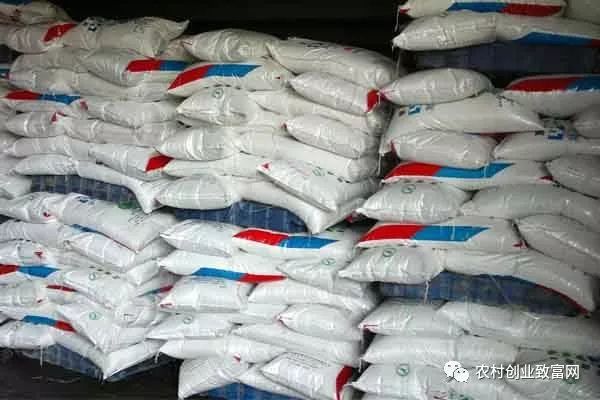
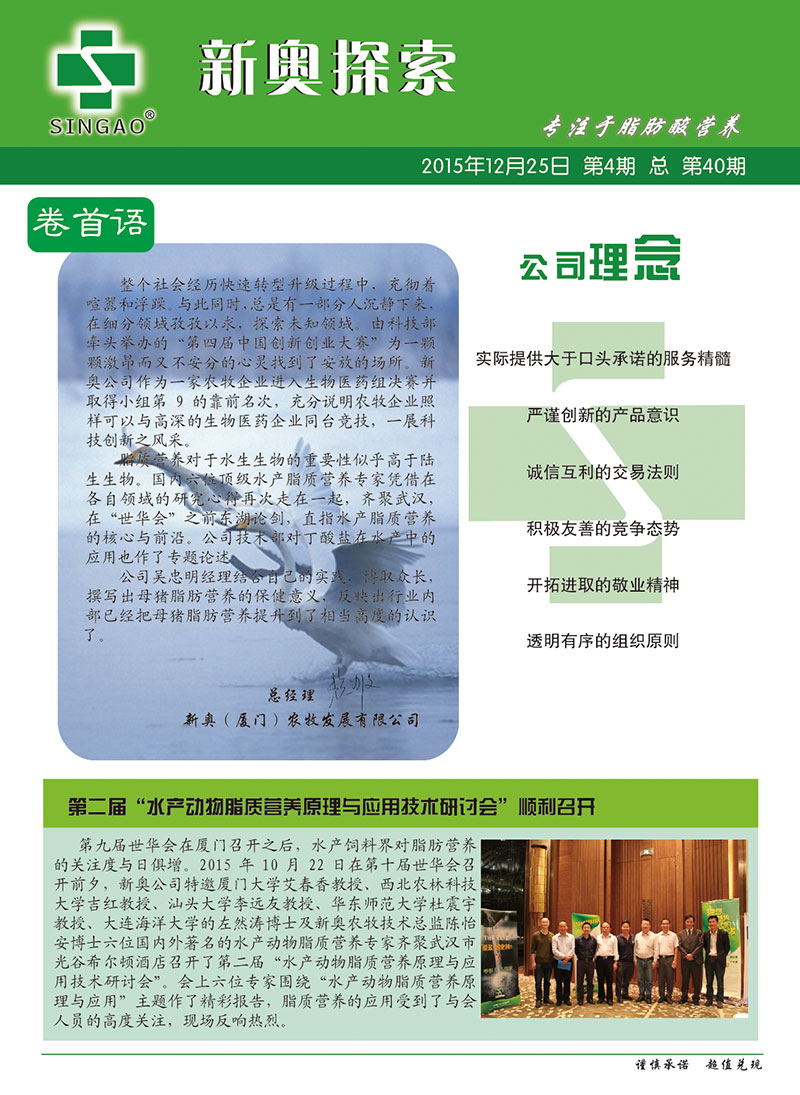


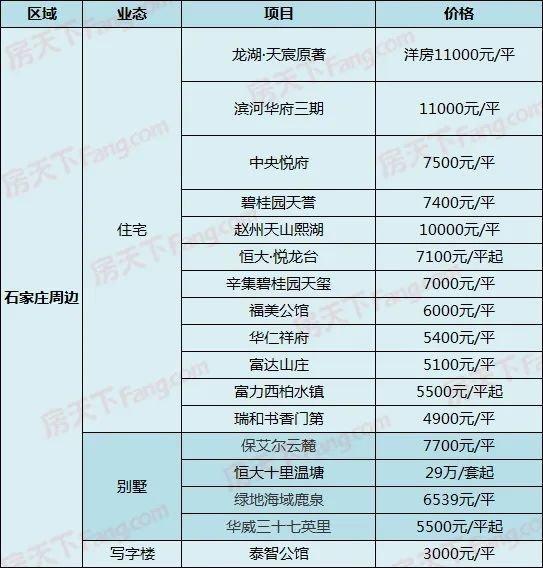
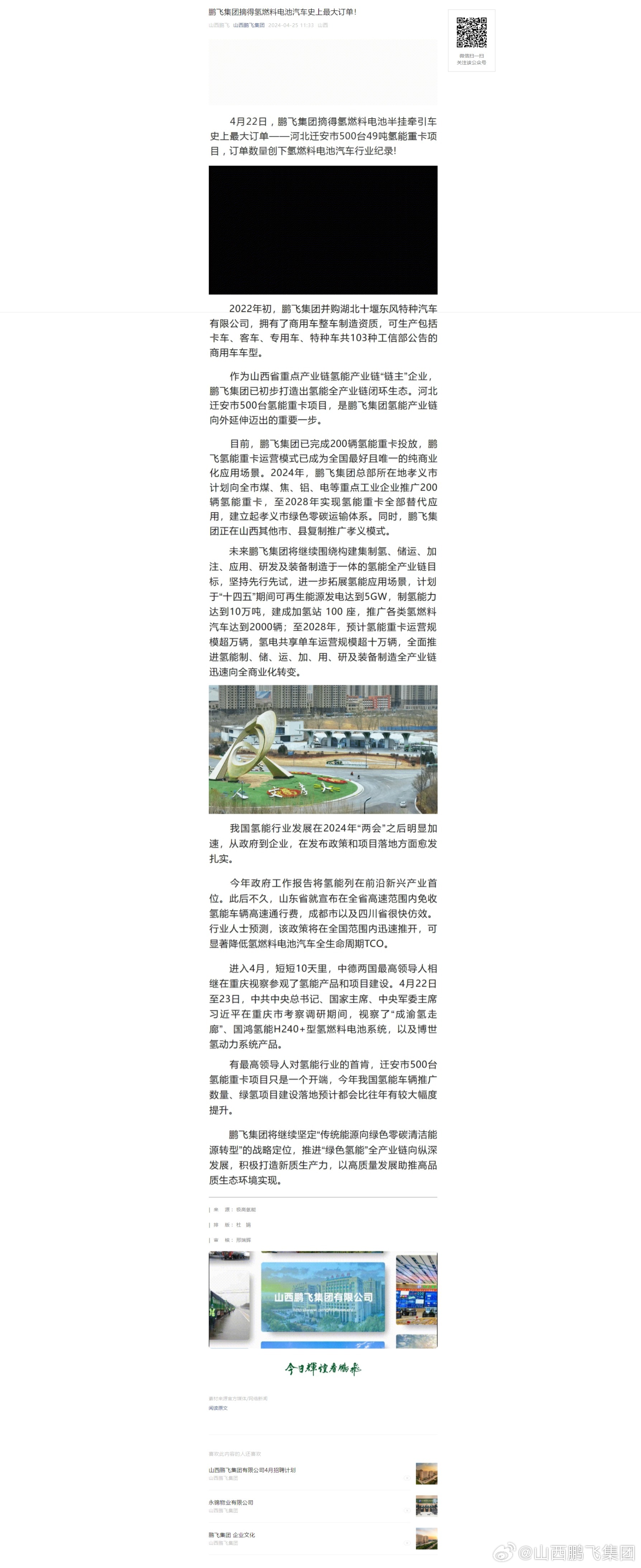


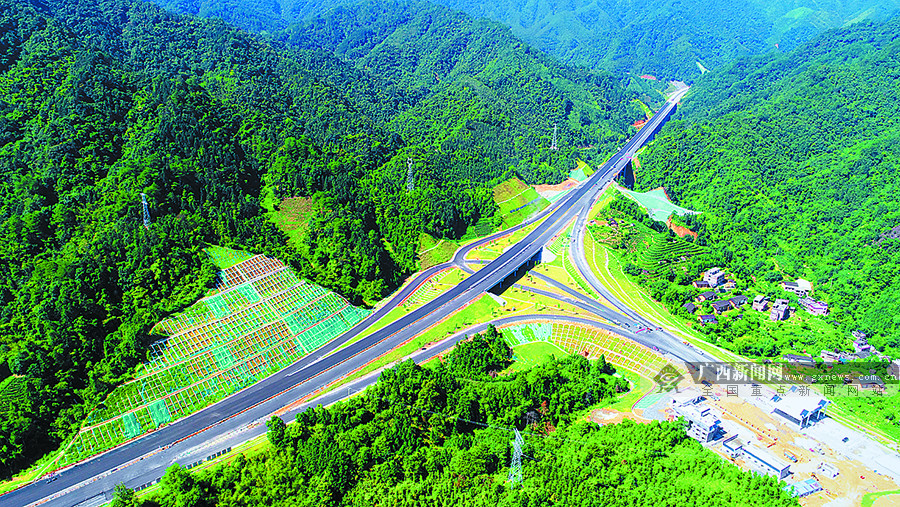
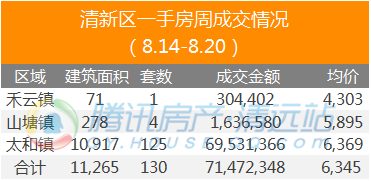
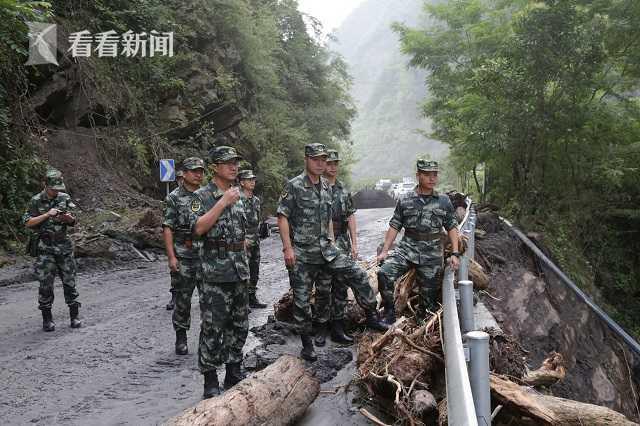
还没有评论,来说两句吧...